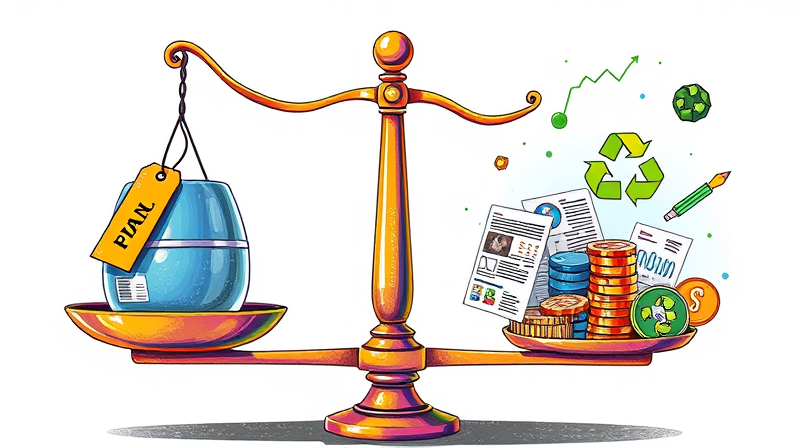
Tackling your tax return can feel overwhelming, especially with new rules rolling in. Yet, understanding core changes early empowers you to hold onto more of your hard-earned income.
In this comprehensive guide for tax year 2025, we’ll explore standard deduction increases, itemizing best practices, strategic accounts, and advanced planning for every taxpayer profile.
Before diving into specific tactics, it’s crucial to grasp how deductions and credits differ. A tax deduction reduces taxable income, lowering the base amount on which your tax rate is applied.
By contrast, a tax credit cuts your tax liability directly, dollar for dollar. Credits often yield a higher effective benefit, but deductions remain the foundation of most tax-saving strategies.
The IRS allows you to choose between the standard deduction or itemizing, depending on which yields greater savings. For 2025, the figures have risen:
• Married filing jointly: $26,000
• Head of household: $19,500 to $22,500 (verify your status)
• Single filers: check IRS tables for the precise amount
Those aged 65 and older benefit from a bonus deduction, totaling $43,500 for a married couple when both spouses qualify. High-income earners may see this phased out above $150,000 (single filers at $75,000), reduced by 6% for each dollar over the threshold.
Itemizing becomes worthwhile when your eligible expenses—mortgage interest, property taxes, charitable gifts, medical costs—exceed the standard deduction. In high-tax states, watch for new SALT rules: a 5% haircut on state and local tax deductions for those in the top bracket.
Congress introduced several valuable deductions and expanded credits through 2028. Significant highlights include:
• Cash tip deduction for workers earning up to $160,000: deduct gross receipts minus costs.
• Overtime compensation deduction available to all filers, regardless of itemizing.
• Car loan interest deduction capped at $10,000, with phase-outs above $100,000 (single) or $200,000 (joint).
• Employer-provided childcare credit increased to 40%, potentially 50% for qualifying small businesses.
Deploying the right mix of accounts and actions can dramatically lower your taxable income. Key strategies include:
Charitable giving remains powerful when itemizing. Consider a donor-advised fund to take a large upfront deduction while disbursing gifts over time. High-income taxpayers may also benefit from bunching contributions into alternating years.
High-income filers face phased-out deductions and alternate minimum tax (AMT) concerns. Employ these advanced tactics:
Understanding capital gains thresholds can also save thousands. Couples earning ≤ $96,700 may qualify for the 0% long-term capital gains rate, while higher earners navigate tiered brackets to optimize sale timing.
Begin by listing all potential deductions and comparing them to your standard deduction. Use tax-planning software or consult a professional to simulate different scenarios. Factor in timing: bunch charitable gifts in one year, accelerate medical expenses into years when you exceed 7.5% of AGI, and front-load retirement contributions early in the year.
Stay alert for late-year legislative changes. Many provisions have sunset clauses in 2025 or 2028, and Congress may extend or modify them. By planning ahead and leveraging every available tool, you’ll maximize savings and keep more money in your pocket.
Armed with these insights—new law updates, targeted accounts, and advanced strategies—you’re ready to tackle your 2025 taxes with confidence. Review your situation, make a plan, and watch your effective tax rate shrink while your savings grow.
References













